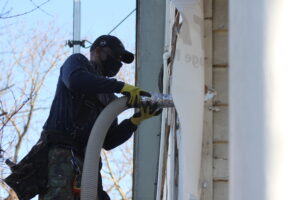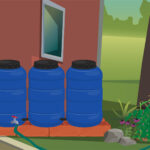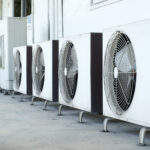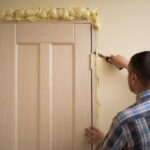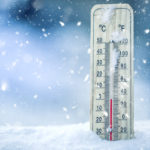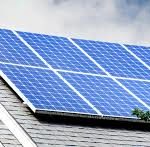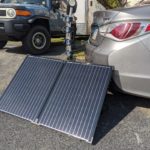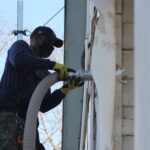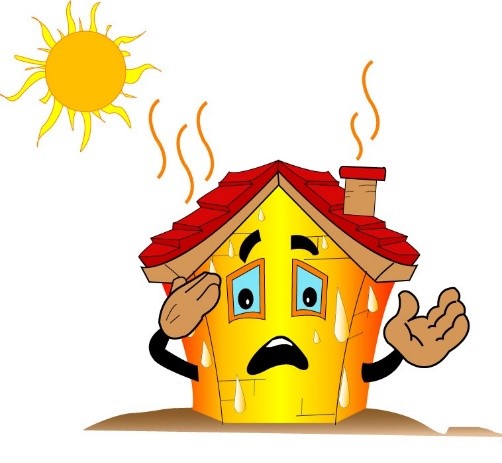
Summer is here, hotter than ever, and we have been receiving numerous calls from customers saying, “why is my upstairs hotter than the rest of the house?” “Why is it hot upstairs at night when I am trying to go to sleep?” And, “why can’t I get even heating and cooling in my house?” These questions are major concerns that need to be addressed immediately and depending on the home, there could be a variety of reasons as to why. Based off of our experience, there are four key issues as to why the upstairs is hotter than the rest of the house. The first issue we find in homes is that there is not enough attic ventilation. It is imperative to properly ventilate the attic because here in the DC metro area we live in a heating and cooling climate in which we need our attic to do two things, trap the heat in the wintertime and ventilate the heat out of the attic in the summertime. Well, most homes in this area are set up to trap heat in the wintertime but not set up for ventilating the attic in the summertime.
So, what does it mean to ventilate the attic? Ventilating the attic means having an E-vent to allow for air to get into the attic (passive ventilation) and either a ridge vent, whirlybird or an attic fan to remove the hot air from the attic (active ventilation). Preferably, we install attic fans for the reason that when it gets hot and humid that stagnant air in the attic will not move by means of passive ventilation but rather active ventilation, which will flush that heat out of the attic. When a home is not equipped with an attic fan or sufficient attic ventilation, it is like having an oven at the top of your house. In other words, when the family is peacefully lying in bed, they can feel the heat unbearably wrapping around their bodies. Furthermore, even when households keep their AC unit running (non-stop) the top floor still will not stay cool if the house is absent of a working attic ventilation.
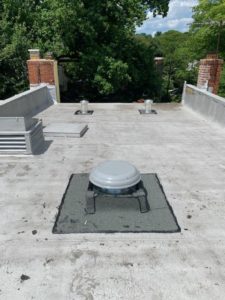
The second issue that contributes to a hot upstairs is HVAC air delivery. If the homes supply unit is not delivering cool air upstairs, then of course the upstairs will remain hot. So, make sure the house is delivering enough air throughout the house. The third issue is the HVAC return system. The HVAC system in a household has ducts that supply conditioned air and ducts that grab that air to return back to the HVAC system for reconditioning. As we all know heat rises to the top of the house, so a properly working return system needs to grab that rising air and recondition it. When a household’s return system is not effectively pulling the lion share of air back into the HVAC system to be re-condition, the house will never be comfortable in both the summer and winter.
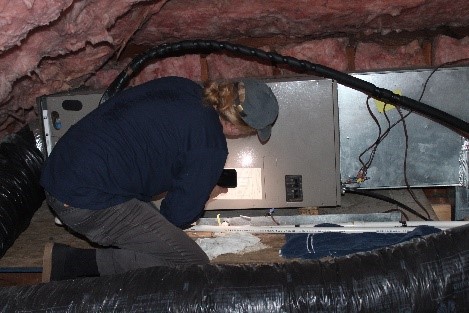
Lastly, the fourth reason for having a hot upstairs is due to warm air being delivered between floors. For example, if you have a cantilever where the joist are going between the second and third floor, the warm air will isolate the top floor from the lower floors. In addition, when you have knee wall spaces (i.e. little attics on the sides of rooms upstairs) the joist are fed in between the floors, delivering warm air during the summer and cool air during the winter which creates a drastic temperature difference between floors because of the absence of a thermal boundary.
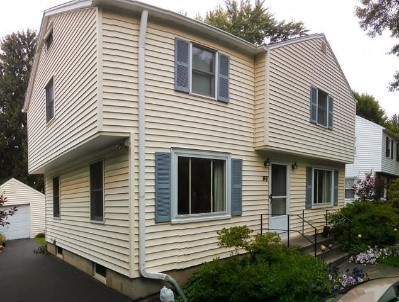
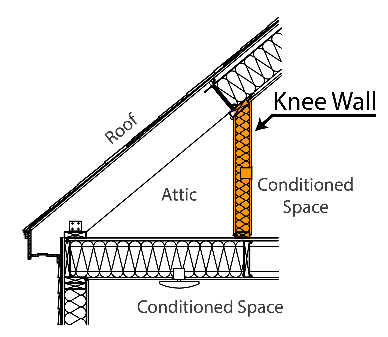
Get in contact with us today so we can perform an energy audit to assess your problems and provide a solution!


